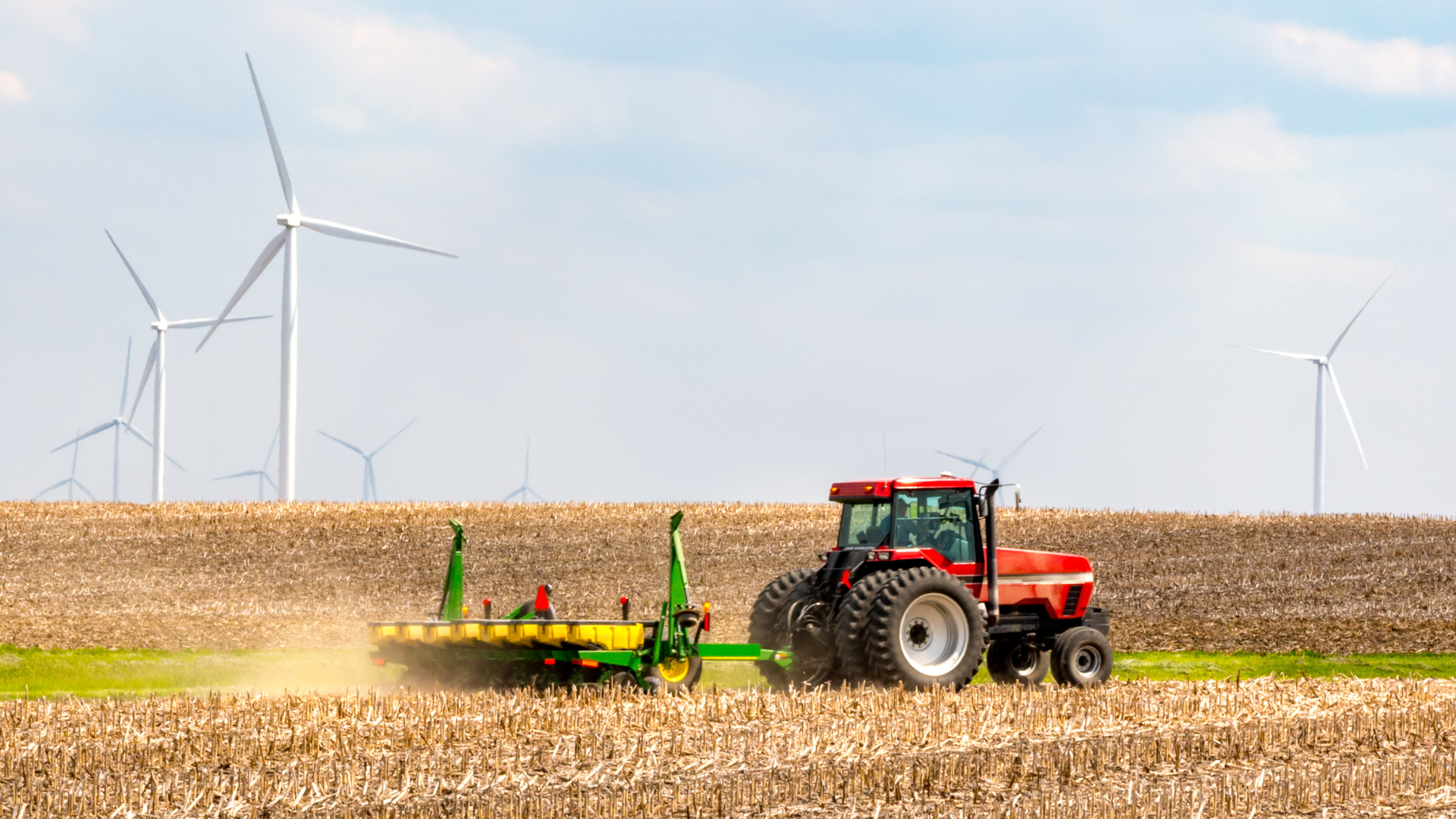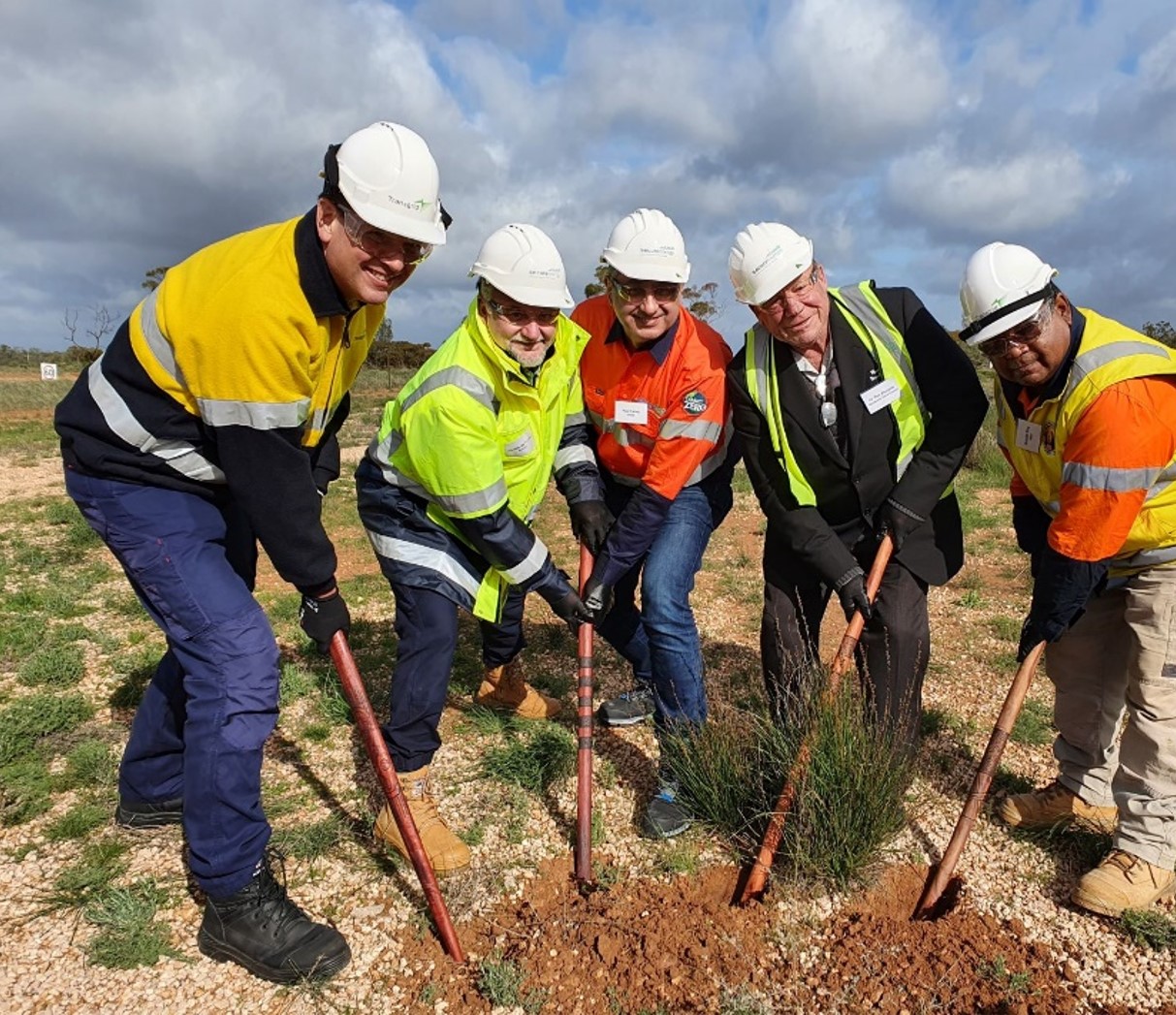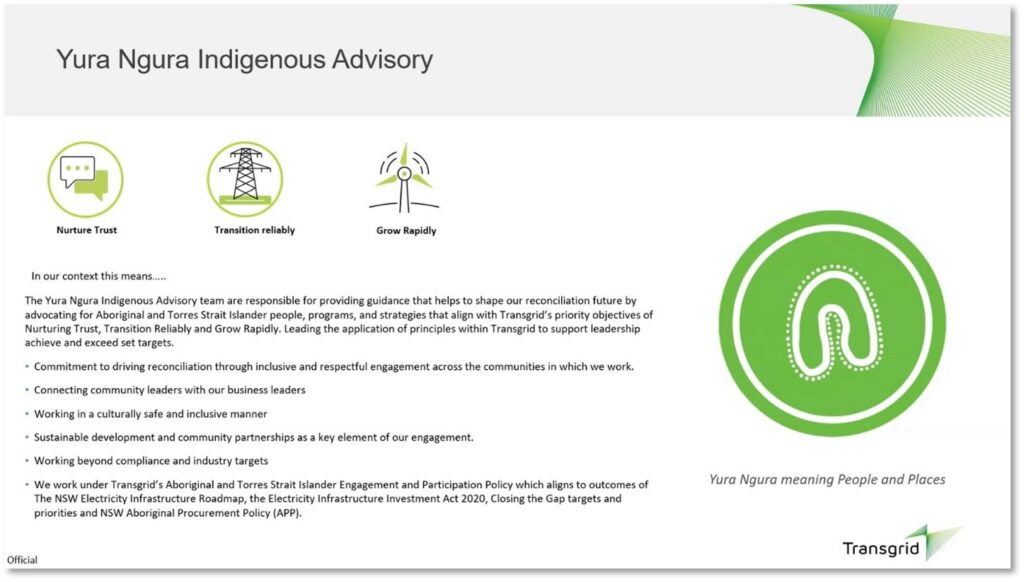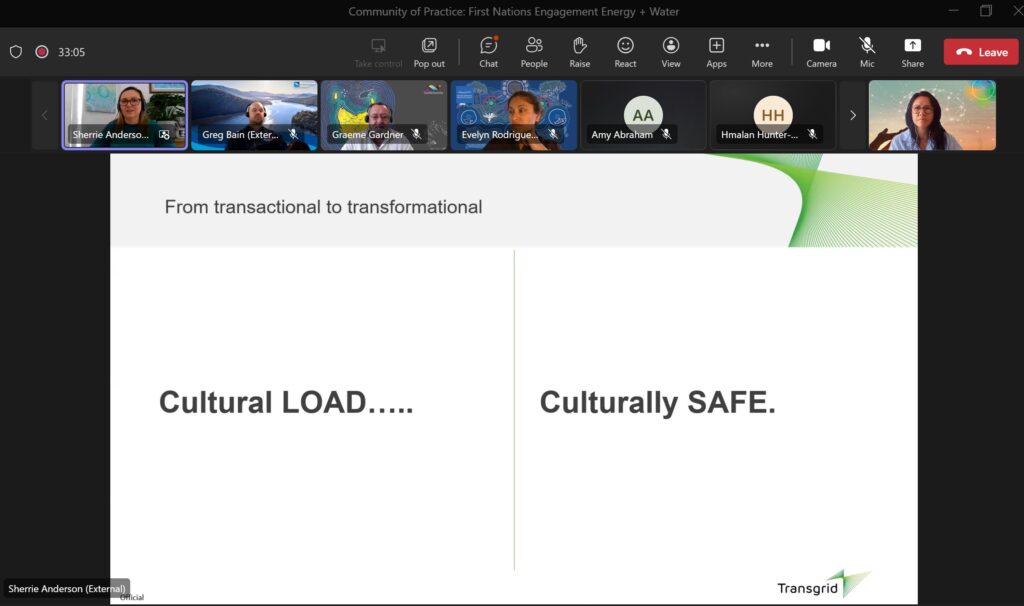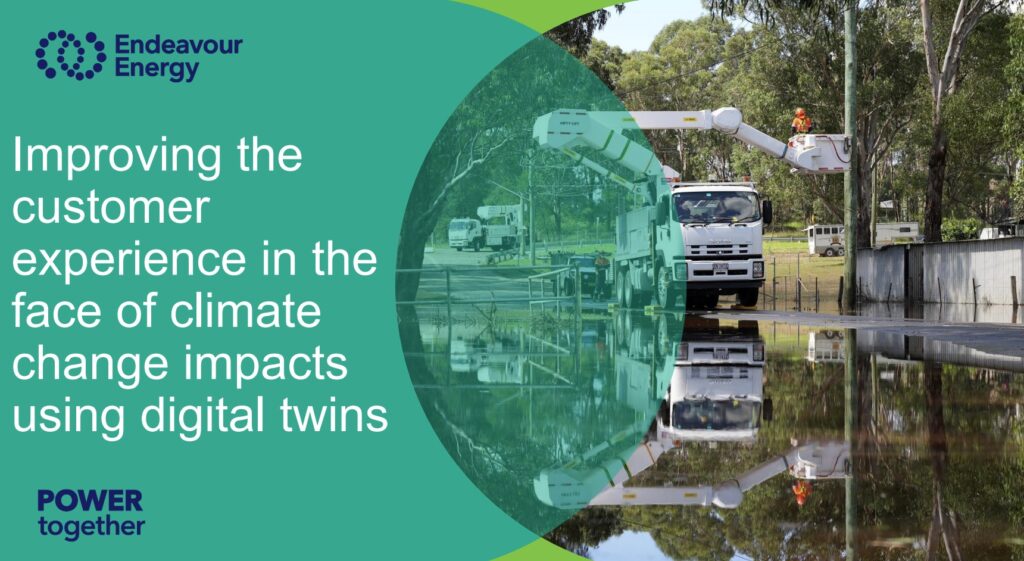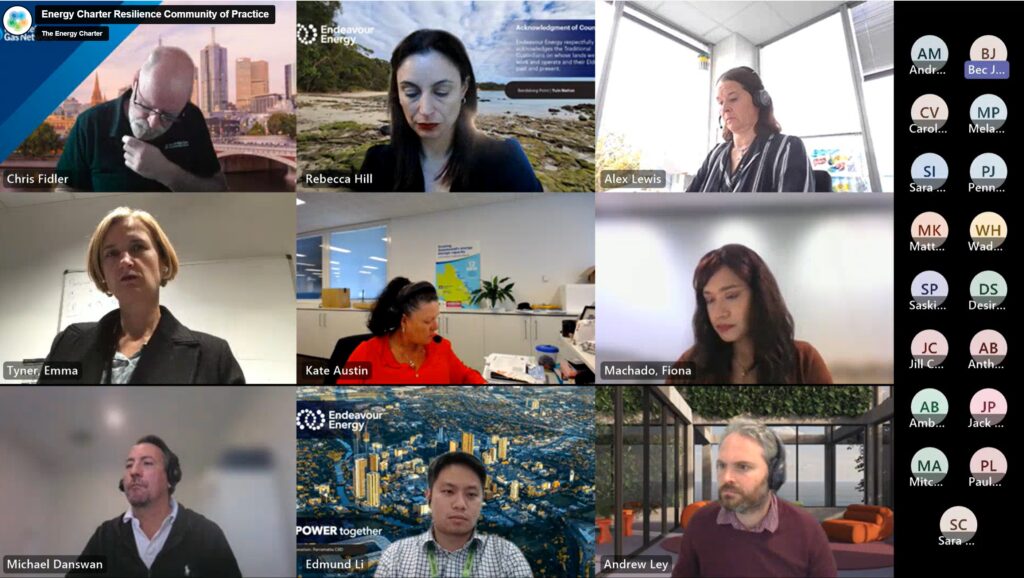On 22 June, the Energy Charter teamed up with the Ag Energy Taskforce and the 2023 National Renewables in Agriculture Conference and Expo to host a special Ag + Energy Roundtable.
The Roundtable event invited conference speakers and participants to reflect on the conference and ask the critical question; where to from here?
Together, we unpacked opportunities for farmers to play a greater role in decarbonising the grid and explored how key challenges could be addressed through collaboration between the ag and energy sectors.
What we heard
With over 300 delegates at the Conference and 60 at the Roundtable – the events provided an important opportunity for insight sharing between the Ag and Energy sectors, laying the foundations for future collaborations. Here’s a snapshot of some of the key themes.
Farmers, developers, energy transmission and distribution businesses alike are exceptionally keen to create meaningful collaborations to optimise benefits for host landholders and communities.
There were lots of ideas on how long-term positive impacts could be designed into projects by involving community stakeholders right from day one. These included:
- Impact-aware and community-governed benefit sharing programs
- On-farm energy audits and support to negotiate affordable energy contracts
- Legal and tax advice to support confident negotiation with renewable energy developers and transmission businesses
- Prioritising activities that provide long-term rural employment and enterprise creation.
Adopting circular economy principles at the design stage of new infrastructure projects was a key theme at the Roundtable. Participants asked how we might collaborate to:
- Ensure solar panels are recycled locally
- Re-use or re-purpose wind turbines from top to bottom
- Ensure farmers and communities’ benefit from the scrap steel when transmission towers are decommissioned.
Opportunities to enable regenerative farming practices and sustainable energy production through argi-voltaics were also a recurring theme, with many keen to see more research and development in this area.
#3 Land-use planning from top down to bottom up
Farmers and ag sector representatives emphasised the need for the farming community to be a meaningful part of the conversation about where new high-voltage transmission lines and other renewable energy infrastructure is planned, particularly where locations cross prime farmland. This includes engagement at all levels, from strategic system planning around the location of Renewable Energy Zones to the placement of infrastructure on individual properties.
Conversations echoed commitments made in the Energy Charter’s Better Practice Social Licence Guideline, which confirmed early engagement with landholders and community in route planning is essential to ensuring that wherever possible, transmission routes and methods are designed to minimise impacts.
With much enthusiasm to work together, both sectors also recongised the need to work productively with a range of other stakeholders, who also play a critical in ensuring an energy transition that benefits regional communities. Critical stakeholders included Local Government, energy regulators, new-tech developers, researchers and clean energy financers.
Showcasing Better Practice
The Ag + Energy Social Licence Roundtable is committed to showcasing Better Practice examples across the Ag and Energy sectors to inspire others. Take a look at what we shared at the June meeting.
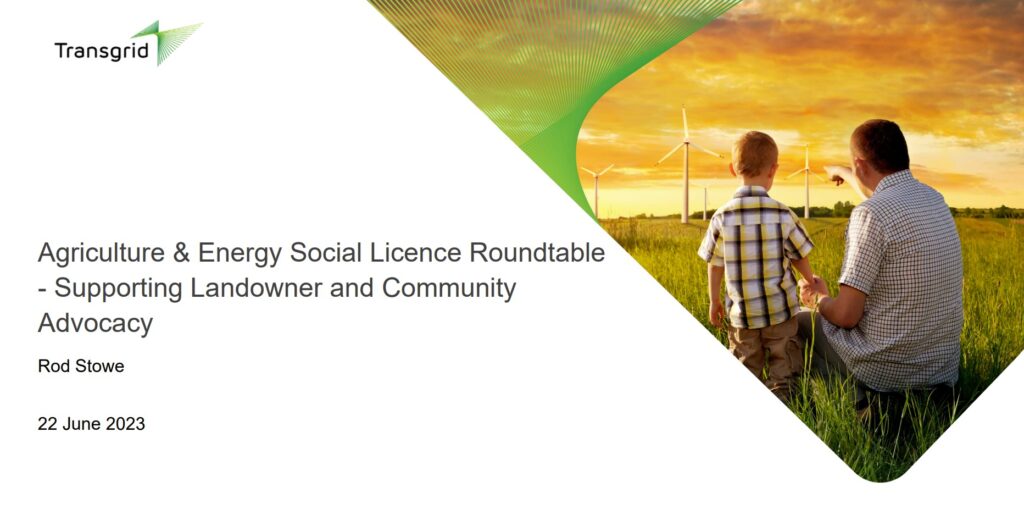
In late 2020 Transgrid created the Office of the Landowner & Community Advocate to assist the organisation to implement best possible landowner and community engagement practices on all its major transmission projects. Rod Stowe presented on how the Office is supporting Landowner and Community Advocacy in NSW.
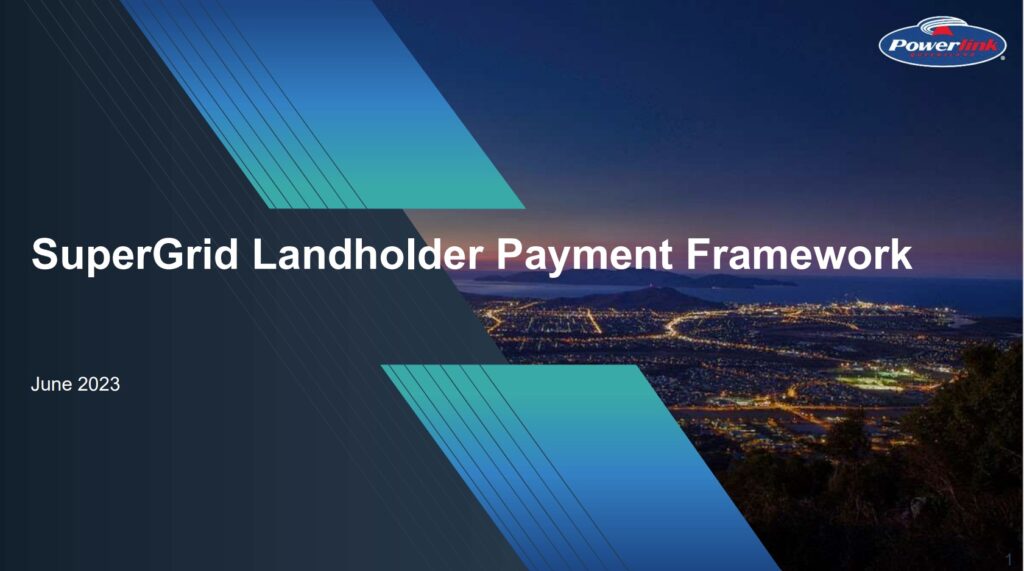
Dana Boxall, Powerlink Queensland provided an overview of the SuperGrid Landholder Payment Framework for landholders hosting new transmission lines. Significantly, it is the first payment framework in Australia to offer payments to landholders with properties adjacent to newly constructed transmission lines.
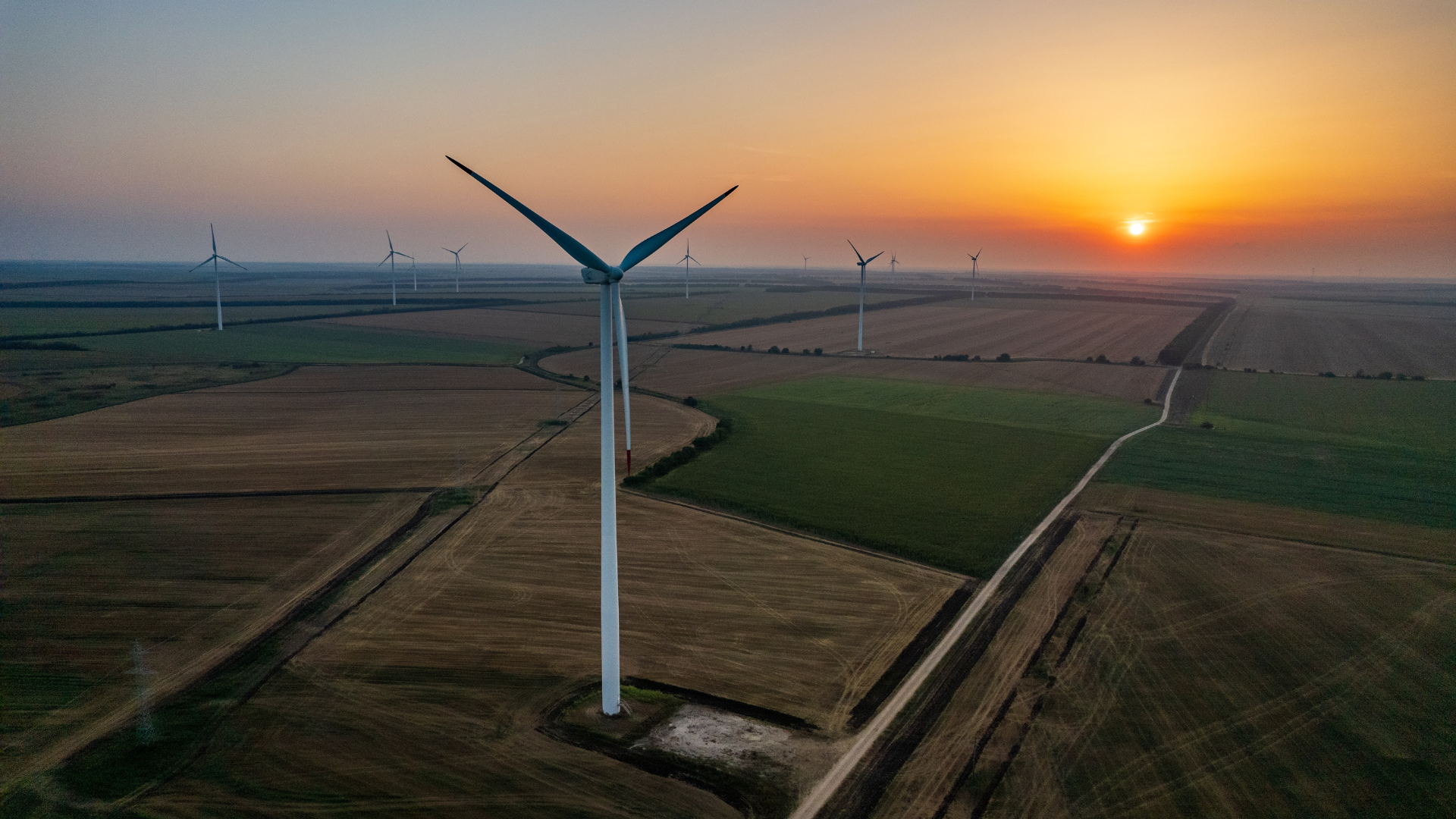
About the Ag + Energy Social Licence Roundtable
The Energy Charter hosts a bi-annual strategic roundtable with leaders from the energy and agriculture sectors to discuss strategic emerging issues in the energy transition, identify what’s working and areas for continuous improvement.
The purpose of the Roundtable is to deliver better landholder and community social licence outcomes through the energy transition, under the themes – ‘Ag as Energy Generators’, ‘Ag as Energy Users’ and ‘Ag as Energy Hosts’.
The Roundtable is independently chaired by Joy Thomas (formerly National Irrigators Association and convener of the Ag Energy Taskforce).
A final note collaboration
There is absolutely no doubt that transitioning to a low-emissions future needs collaboration with customers and across the energy sector. We must be willing to come together to share knowledge and insight from all sides and, importantly, to proactively co-design customer-led solutions.
At the Energy Charter our role is to encourage the difficult conversations and to amplify the customer and community needs. To bridge the gap between ‘hardto-do’ and ‘can-do’; to go beyond what any one of us could achieve alone. For us, the opportunity is to keep humans at the centre of the design and delivery of energy solutions; to navigate the changing needs of customers and communities as we transform to a cleaner energy future.
The Ag + Energy Social Licence Rountable is just one example of what can be achieved when businesses come together and work across sectors to unlock better practice.

